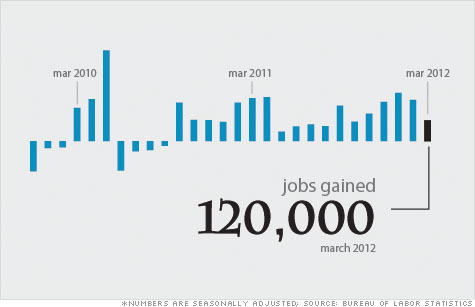Posted by Jay Livingston
Individual facts may be very useful for explaining other individual facts. But in explaining social facts, they don’t always get us very far. This Durkheimian notion is one of the first ideas I try to convey in my course (the first in our sequence of core courses for majors).
Newspaper stories sometimes provide good bad examples. The New York papers today report on the results of the Gifted-and-Talented tests for public schools. Times recently ran a story with this headline:
After Number of Gifted Soars,
a Fight for Kindergarten Slots
[test prep] certainly seems to be having an influence. There are more and more people who are putting their kids through some sort of test preparation, whether it’s buying the materials or using the test-prep companies . . . I think the nursery schools have begun to integrate some of the materials into their classes as well.No doubt, the trend is real. Here are the numbers.
What is driving the increase if not better test prep? My guess is economic history. The recession has changed the population of test-taking tots; it now includes more kids from well-educated, better-off families. These parents, who once might have sent their kids to private school, have been discovering the virtues of public education, especially if they do the math and realize that over the K-12 span, that $40,000 a year adds up to a half million. A demographic trend the Times story mentions – more families staying in the city rather than moving to the suburbs – contributes to the same effect.
When my son took the test for New York high schools, I commented to the dad of another test-taker that 27,000 kids were taking the test that day. He was unfazed by the apparent odds. “Twenty-five thousand – background noise,” he said.
That ratio of real competition to background noise has shifted, especially for kindergarten hopefuls, thanks to those economic and demographic changes. As a result, according to a test prep company founder, “the idea of preparing for the kindergarten test is totally the norm.”
If you don’t live in New York City, you may look at these norms – $150-an-hour test-prep courses for a four-year-old – and think, “Are these people crazy?” I thought that way myself once. I grew up in a Pittsburgh suburb (pop. 40,000). For K-6, kids went (usually on foot) to the local elementary school. There were two junior high schools (you went to the closer one) and one high school. No choice, no questions asked. Not until it was time for college did we survey our choices, visit schools, send off applications, take standardized tests, and go for interviews. In New York, middle-class families do all that for kindergarten and even pre-school. And many do it again for middle school and again for high school.
I thought it was crazy, but still I did it. My kid was four. “This is crazy,” I said to the test-giver, a psychologist, “scores for kids this age aren’t stable or predictive.” She nodded. Welcome to education in New York city.




